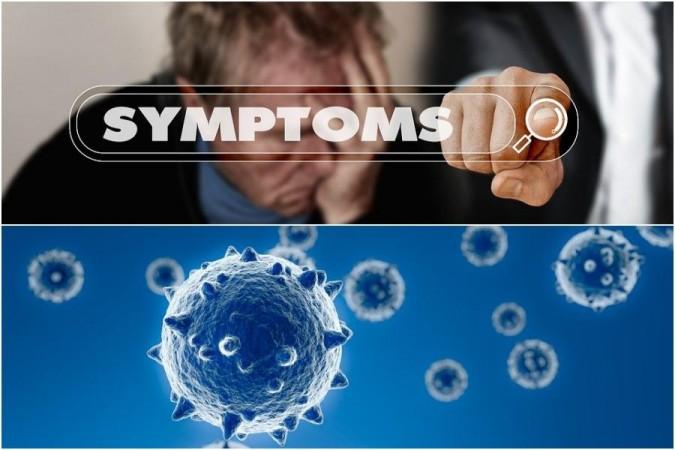SARS-CoV-2, a virus that causes Covid-19, can infect cells of the inner ear including hair cells, which are critical for both hearing and balance, finds a study.
Many Covid-19 patients have reported symptoms affecting the ears, including hearing loss and tinnitus. Dizziness and balance problems can also occur, suggesting that the SARS-CoV-2 virus may be able to infect the inner ear.

While this study strongly suggests that Covid can cause auditory and balance problems, the overall percentage of Covid patients who have experienced ear-related issues is not known, said the team led by Massachusetts Institute of Technology researchers.
For the study, published in the journal Communications Medicine, the team created cellular models by taking human skin cells and transforming them into induced pluripotent stem cells. Then, they were able to stimulate those cells to differentiate into several types of cells found in the inner ear: hair cells, supporting cells, nerve fibres, and Schwann cells, which insulate neurons.
In addition, the researchers were also able to obtain samples of inner ear tissue, which when combined with the stem-cell-derived cellular models, showed that certain types of cells -- hair cells and Schwann cells -- express the proteins that are needed for the SARS-CoV-2 virus to enter the cells.
These proteins include the ACE2 receptor, which is found on cell surfaces, and two enzymes called furin and transmembrane protease serine 2, which help the virus to fuse with the host cell, said Lee Gehrke, Professor in MIT's Institute for Medical Engineering and Science.
The researchers then showed that the virus can actually infect the inner ear, specifically the hair cells and, to a lesser degree, Schwann cells. They found that the other cell types in their models were not susceptible to SARS-CoV-2 infection.
The human hair cells that the researchers studied were vestibular hair cells, which are involved in sensing head motion and maintaining balance. Cochlear hair cells, which are involved in hearing, are much harder to obtain or generate in a cellular model. However, the researchers showed that cochlear hair cells from mice also have proteins that allow SARS-CoV-2 entry.
The pattern of infection that the researchers found in their tissue samples appears to correspond to the symptoms observed in a group of 10 Covid-19 patients who reported ear-related symptoms following their infection. Nine of these patients suffered from tinnitus, six experienced vertigo, and all experienced mild to profound hearing loss.
Damage to cochlear hair cells, which can cause hearing loss, is usually evaluated by measuring otoacoustic emissions -- sounds given off by sensory hair cells as they respond to auditory stimulation. Among the six Covid-19 patients in the study who underwent this testing, all had reduced or absent otoacoustic emissions.

















